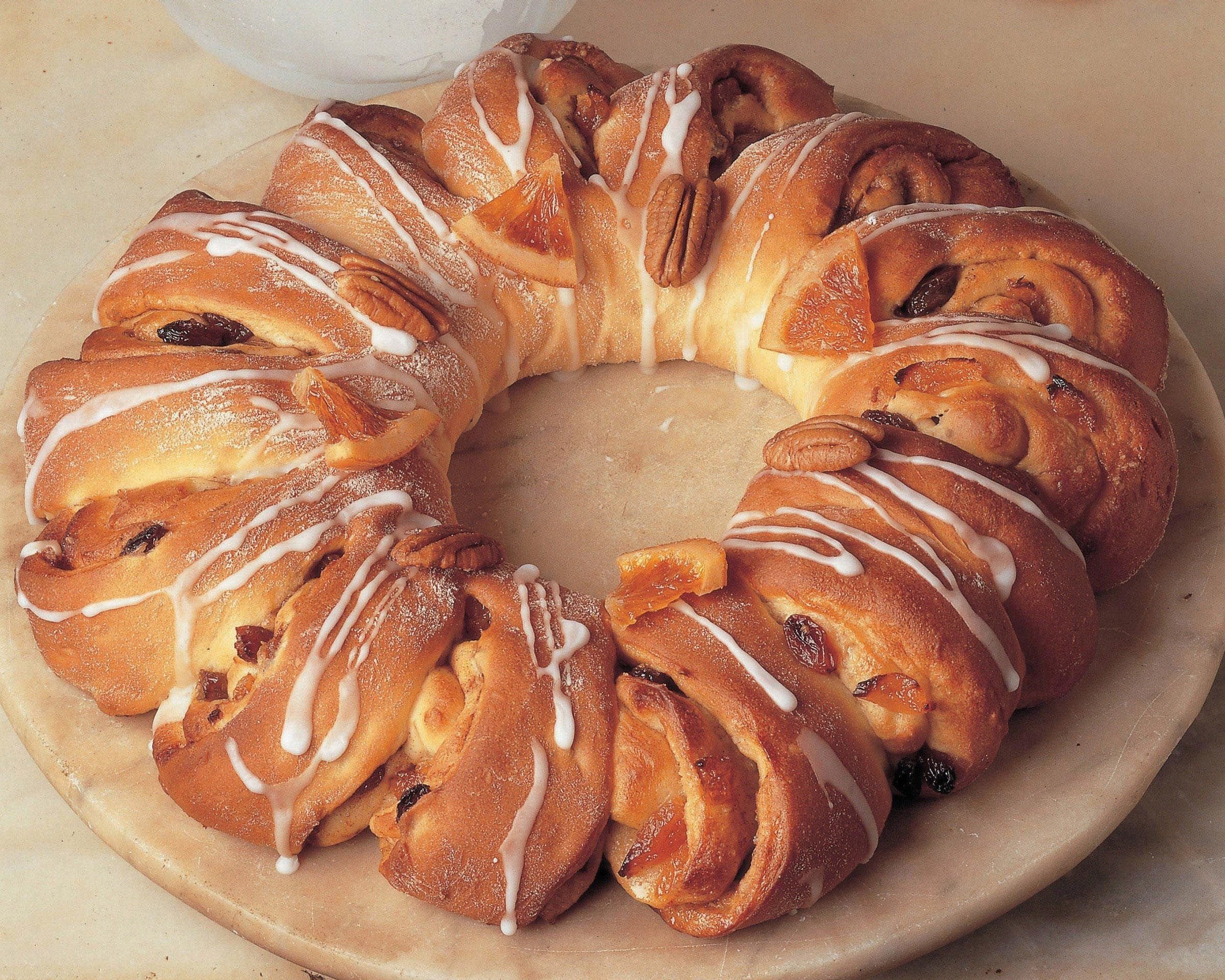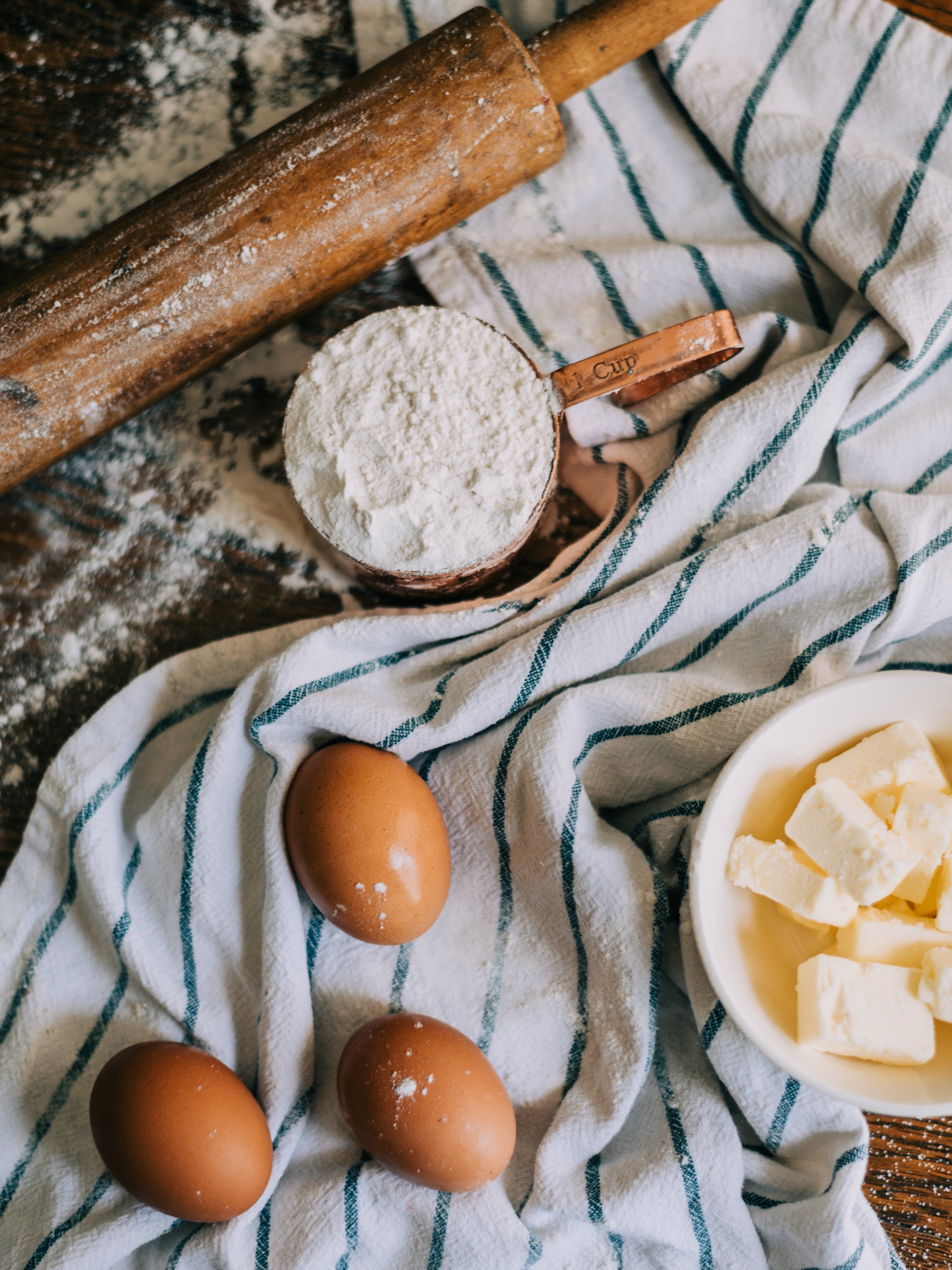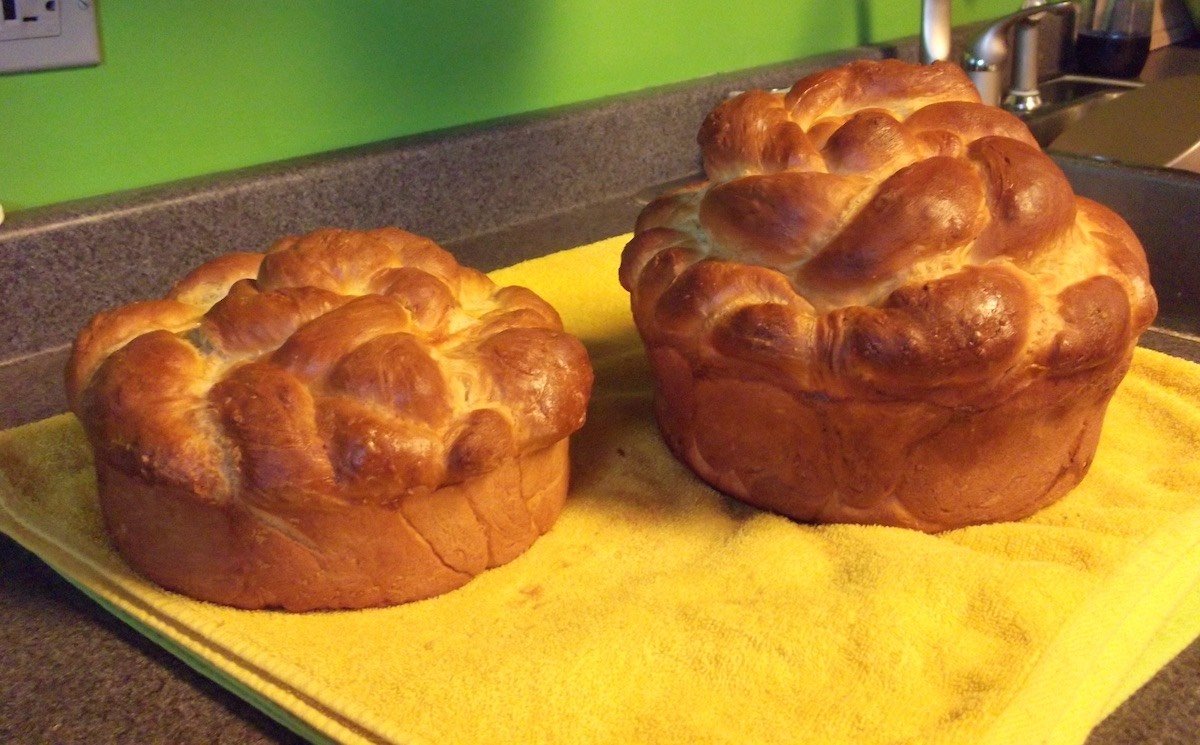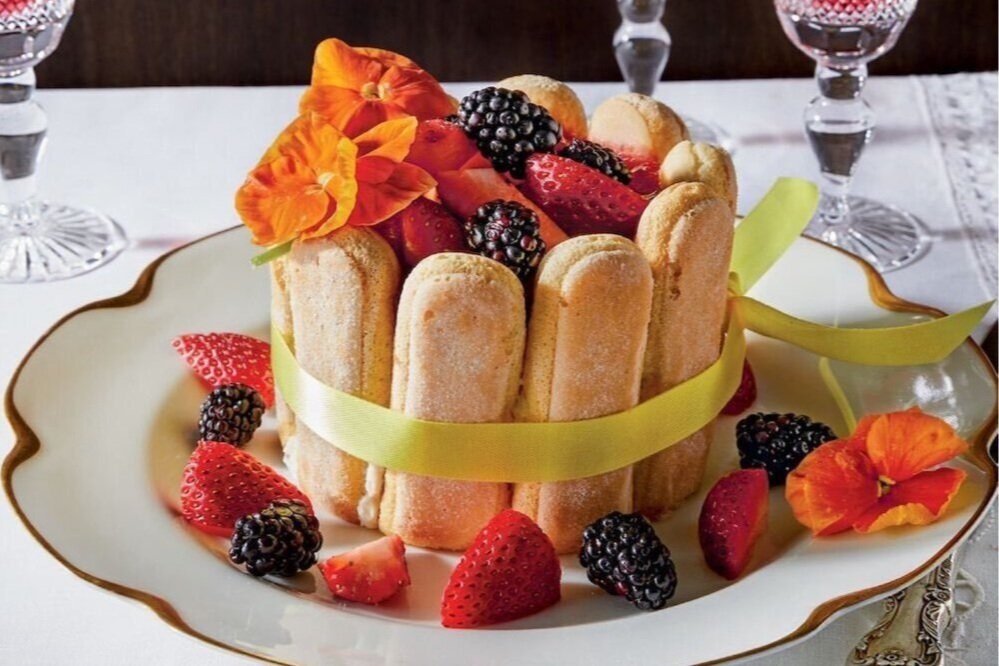Advertisement
Easter baking: symbolism and spice
4 April 2022 · Discover ckbk
By Susan Low
Through choice or through necessity, the cycle of fasting and feasting, of abstaining and indulging, has been a constant thread throughout human history. Even in the contemporary western world, where every conceivable foodstuff can be ordered by app and delivered in minutes to your doorstep, 24/7, traditional feasts and fasts are still observed.
In the Christian calendar, Carnival season (or Pancake Day in the UK) gives way to Lent each year, and Lent is followed by Easter as inevitably as winter is followed by spring – even if the reason for the parties and pancakes is less explicit than it was in the time of our forebears.
During the medieval period, the Lenten diet was plain in the extreme. Along with meat, butter, milk, and eggs were forbidden – so when the Lenten fast was finally broken, these much-missed foods were used liberally in celebratory dishes.
To this day, Easter breads rely on lavish amounts of eggs and butter and are often made with extravagant amounts of the dried fruits and spices that had traditionally been put aside during Lent. Right across Europe, Easter bread offer up a feeling of indulgence and joy after a period of solemnity.
From fast to feast
Traditional breads baked to celebrate Easter were not just rich in the ingredients they used, but rich in symbolism, too. As Alan Davidson points out in the Oxford Companion to Food, “Traditional breads are laden with symbolism in their shapes, which may make reference to Christian faith – crosses, fish, and lambs – or be relics from pagan practices – hares, eggs, and the cylinder shapes of Eastern European breads.”
From country to country and from society to society, the range of Easter breads is as richly varied as each cook’s imagination. In Ukraine, writes Annette Ogrodnik Corona, author of The New Ukrainian Cookbook, “Paska [Easter bread] is a work of art baked especially for the blessing of foods at church on Easter morning. Much richer than ordinary bread, it is flavored with plenty of eggs and rich melted butter. This recipe makes a lovely round loaf of bread traditionally decorated with dough ornaments such as crosses, rosettes, swirls, and twists…”
Even more richly indulgent is her Kyiv-style Cheese Paska, made with fresh cheese, dried fruit and toasted nuts and made in a tall cylindrical shape. “It is an Easter breakfast tradition in many Ukrainian homes and is also a popular Easter dessert. Cheese paska is especially savored to mark the end of the long Lenten fast when all meat, eggs, and dairy are forbidden to devout Orthodox believers,” she writes.
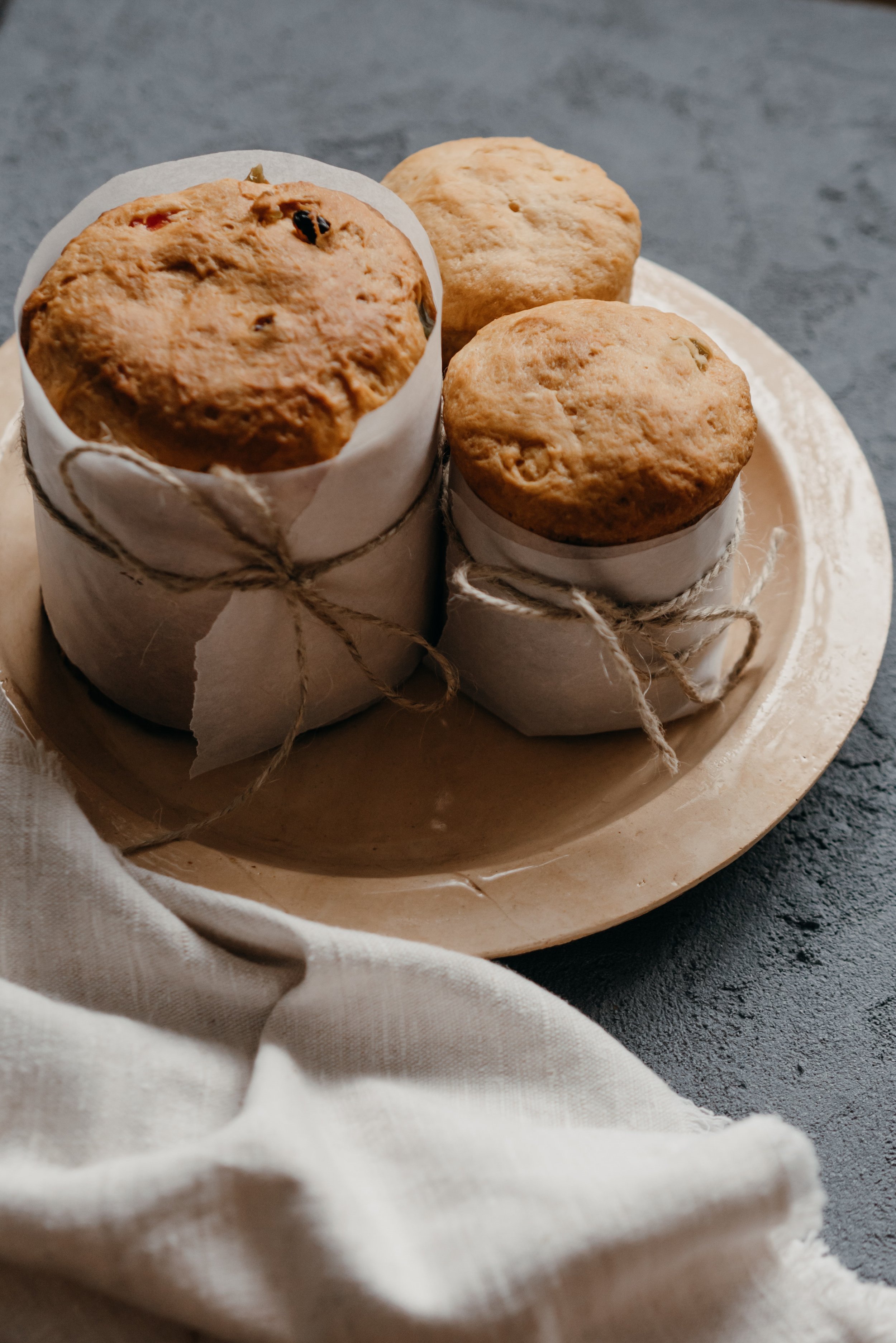
Traditional breads are laden with symbolism in their shapes, which may make reference to Christian faith or be relics from pagan practices – hares, eggs, and the cylinder shapes of Eastern European breads such as kulich.
Also traditional as part of Ukrainian Easter is Babka, a recipe that’s as laden with symbolism as it is with butter, sugar, and dried fruit. Annette Ogrodnik Corona writes: “Babka is usually a tall, cylindrical bread similar to Italian panettone, but it can also be baked in a fluted tube pan. Folktales revolve around two explanations of how it got its name. One is that the shape of the loaf represents a statuesque matron or even a phallic symbol. The other is that when the babka is baked in a fluted pan, does the bread not resemble the flared skirt of a peasant woman or grandmother? In truth, the true meaning is not known…”
Braided yeast-raised breads enriched with butter are part of Easter celebrations throughout European and into the Caucasus. Greek lambrópsomo and tsoureki, and Armenian choereg (which, Alan Davidson says, has various spellings in the Caucasus, all of which translate as ‘holiday bread’) are often flavored with mahleb, derived from cherry kernels.
The braids, made with three strands of dough, are symbolic of the Holy Trinity. Many Greek cooks also flavor their Easter breads with mastic, an aromatic plant resin that is harvested on the Greek island of Chios.
In Greece, Easter is not complete without eggs dyed a rich deep red, which signify the blood of Christ. Greek cooks often decorate their Easter tsoureki with red eggs to give them a suitably festive look.
Many Easter breads and baked goods are, of course, marked with a cross – a tradition that lives on in the British favorite, the hot cross bun.
In Italy, Colomba Pasquale, the Easter dove, is much like a Christmas panettone but is studded with almonds and baked in the shape of a dove.
The round shape of many Easter breads is doubly symbolic, recalling both Christ’s crown of thorns and the shape of the sun, symbolizing the reinvigorating power of the springtime sun, a feast for winter-starved senses.
Try more Easter baking from around the world…
More features from ckbk
Annette Ogrodnik Corona talks about how she came to write her The New Ukrainian Cookbook.
Find out five things you probably didn’t know about this classic sweet Easter bun.
The Official Downton Abbey Cookbook brings food historian Dr Annie Gray’s carefully researched recipes to ckbk.
Sign up for ckbk's weekly email newsletter
Advertisement

